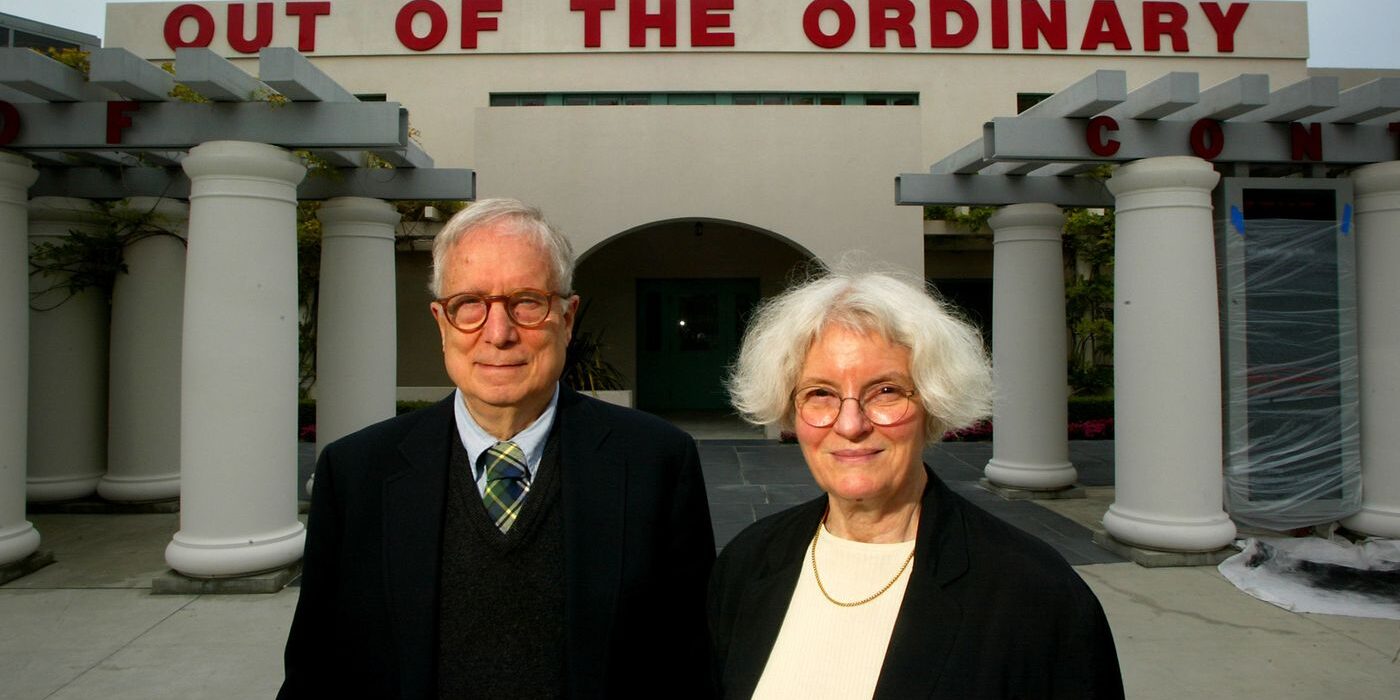Wanted: A New Home For Classic Old Neon Sign

The Kip’s Inn restaurant was a part of the Yankton landscape from 1962-1982. Yankton native Mark Bierle — who lived in the brown house in the background — is working to find a place for the star that adorned the Kip’s sign. Courtesy Photo
From Yankton Daily Press & Dakotan: Mark Bierle is looking to put a star back into Yankton’s night sky — and he’s asking for the public’s help in choosing a location. That “star” is a neon star that adorned the sign for the former Kip’s Inn for many years. Today, Bierle is having it refurbished with hopes of displaying it in town once again. Bierle told the Press & Dakotan that his interest in the sign goes back to when he was a kid and the restaurant first opened its doors under the Kip’s Inn name.
Iconin Tayler Area Neon Sign for Sale

Clayton Vickers via Facebook
From Mix 93.1 KTYL: The Fire Mountain Amusements sign once glowed bright along Highway 155 just outside of Tyler, but hasn’t seen the charge of electricity for the past few years after the amusement park closed down.
This was once a destination for East Texas families to go have some fun! Whether it was riding the go karts, bumper boats, Scrambler, Zipper, playing mini golf or spending countless quarters playing video games and Skee-Ball winning tickets to trade in for prizes there was a lot of fun and memories made there for thousands of East Texas families.
Nick Vedros and the Lumi Neon Museum’s quest to preserve Kansas City’s vintage signs

Nick Vedros. PHOTO BY CHASE CASTOR.
From The Pitch: Nick Vedros was 16 years old when he bought his first camera: a 1969 Nikon F, from Crick Camera. Nearly 50 years later, Vedros — a professional photographer whose client list includes Apple, Coca-Cola, McDonald’s and Capital One, among others — recently found himself at Crick once again, though under very different circumstances. It was late 2017, and the store was going out of business — a victim of photography’s transition to digital. A friend told Vedros that the store’s classic mint-green neon sign was about to be sold for $100.
“I thought, Oh, god,” Vedros recalls, still baffled at the lowball offer. Vedros quickly contacted Crick co-owner Dana Crick and shortly thereafter became the proud owner of the ten-foot vintage neon sign.
10 Public Art Installations To See In Greater Boston This Fall

The “Cycle Center” neon sign on the Greenway. Courtesy Rose Kennedy Greenway.
From WBUR 90.9: Boston is in the midst of a public art boom. Right now, the city is host to sculptures made of fog, an exhibit of vintage neon signs, and a big orange net designed to raise awareness of climate change. Not to mention the murals that pop up seemingly every week …
GLOW, which brings together vintage neon signs from across Massachusetts, is one of the Rose Kennedy Greenway’s more charming installations. During the decades between 1925 and 1970, neon proliferated across the American skyline in beacons for restaurants, shops and hotels. In Massachusetts, certain signs became beloved neighborhood landmarks, examples of the creativity and quirk of independent local establishments: There was the lit-up chicken that once presided over a mom-and-pop restaurant in Roxbury, the glowing cactus that invited travelers to the Siesta Motel in Saugus, the cycler frozen mid-pedal who welcomed customers to a bike shop in Natick. All three are now on display on the Greenway, along with five others.
Remembering Robert Venturi, godfather of postmodern architecture and champion of everyday oddity

Robert Venturi and Denise Scott Brown in 2002 at the Museum of Contemporary Art San Diego in La Jolla, which hosted an exhibition on the work of the couple, who helped design parts of the museum itself. Rick Loomis / Los Angeles Times.
From the Los Angeles Times: Robert Venturi, the Philadelphia-based architect whose buildings and writings championed “messy vitality” above the rational order of Modernism, died last week at age 93.
For generations of architects, “Learning From Las Vegas” by Venturi, his wife and longtime collaborator Denise Scott Brown and Steven Izenour is a seminal text, as important as Le Corbusier’s 1923 essay collection “Toward an Architecture.” Published in 1972, the bestselling book used research and analysis to dissect the most lowbrow of subjects, the Las Vegas Strip. It provided guidelines for how to understand American postwar cities and the growing suburbs that defied the traditional architectural logic of the East Coast or European cities. And importantly, especially for Angelenos, it gave architects the freedom to enjoy the symbolic, everyday roadside architecture — like Randy’s Donuts or Tail o’ the Pup — that they’d previously been taught to despise.


